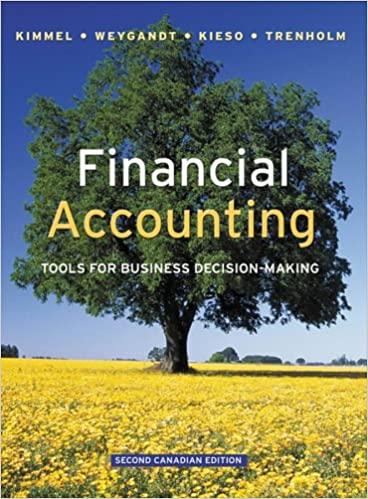Question
Week Three 1. Mark Welsch deposits $7,100 in an account that earns interest at an annual rate of 4%, compounded quarterly. The $7,100 plus earned
Week Three
1. Mark Welsch deposits $7,100 in an account that earns interest at an annual rate of 4%, compounded quarterly. The $7,100 plus earned interest must remain in the account 4 years before it can be withdrawn. How much money will be in the account at the end of 4 years? (PV of $1, FV of $1, PVA of $1, and FVA of $1) (Use appropriate factor(s) from the tables provided. Round FV factor to 4 decimal places.)
|
2. Jones expects an immediate investment of $54,090 to return $11,000 annually for six years, with the first payment to be received one year from now. What rate of interest must Jones earn? (PV of $1, FV of $1, PVA of $1, and FVA of $1) (Use appropriate factor(s) from the tables provided.
| |||||||||||||||
3. Keith Riggins expects an investment of $267,794 to return $24,000 annually for several years. If Riggins earns a return of 6%, how many annual payments will he receive? (PV of $1, FV of $1, PVA of $1, and FVA of $1) (Use appropriate factor(s) from the tables provided. Round PVA factor to 4 decimal places.)
| |||||||||||||||
4. C&H Ski Club recently borrowed money and agrees to pay it back with a series of six annual payments of $22,000 each. C&H subsequently borrows more money and agrees to pay it back with a series of four annual payments of $25,000 each. The annual interest rate for both loans is 7%. Find the present value of these two separate annuities. (PV of $1, FV of $1, PVA of $1, and FVA of $1) (Use appropriate factor(s) from the tables provided. Round PV factor to 4 decimal places.)
| |||||||||||||||||||||||||||||||||||||||||||||||||||||||||||||||||||||||||||||||||||||||||||||||||||||||||||||||||||||||||||||||||
PLEASE FILL IN EACH BLANK WITH THE CORRECT ANSWERS; WHEN ANSWERING THE QUESTIONS PLEASE USE THE SAME BOX FRAMES/FORMATS AS ABOVE THEN FILL IN THE ANSWERS
Step by Step Solution
There are 3 Steps involved in it
Step: 1

Get Instant Access to Expert-Tailored Solutions
See step-by-step solutions with expert insights and AI powered tools for academic success
Step: 2

Step: 3

Ace Your Homework with AI
Get the answers you need in no time with our AI-driven, step-by-step assistance
Get Started


